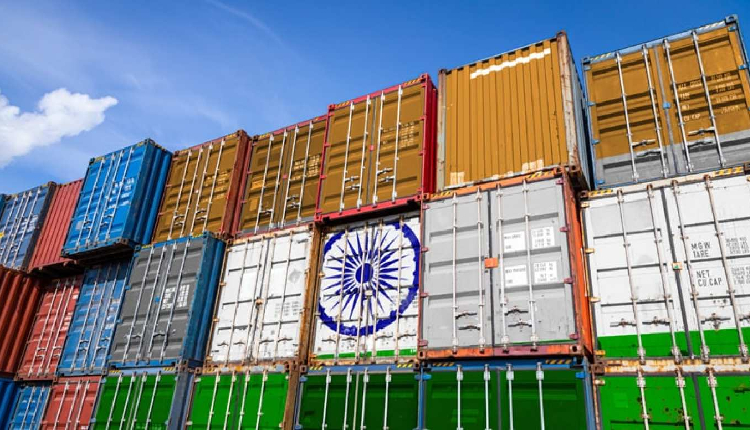India’s goods and services exports increased by 5.4 per cent to $65.47 billion year-on-year in June, driven by rising orders. Trade Secretary Sunil Barthwal predicts total exports could reach $800 billion by March 2025.
Merchandise exports increased by 2.6 per cent year-on-year to $35.2 billion in June. The growth was led by engineering and electronic goods, and pharmaceuticals, with the April-June quarter setting a new export record.
Meanwhile, merchandise imports also rose by five per cent to $56.18 billion, fuelled by demand for industrial machinery and gold. The trade deficit narrowed to $20.98 billion in June, beating analysts’ expectations of $21.5 billion.
Barthwal noted that India’s exports in the first quarter of 2024/25 have surpassed $200 billion. He expressed optimism that this fiscal year’s exports could exceed $800 billion, a notable rise from the $778.2 billion in fiscal 2024.
The government’s ultimate target is to achieve $1 trillion in exports by 2030.
Services exports were estimated at $30.27 billion in June, with imports at $17.29 billion. The government expects to receive more finalised figures from the central bank with a one-month lag.
Finance Minister Nirmala Sitharaman, who will present the annual budget on July 23rd, is anticipated to announce tax incentives to further boost exports, particularly in farm products, pharmaceuticals, and digital services.
India’s strong economic growth of 8.2 per cent in fiscal 2024, the fastest among major economies, is projected to continue near seven per cent in fiscal 2025.
The government is actively supporting the manufacturing sector with production-linked incentives of 4-6 per cent to boost exports of electronics, pharmaceuticals, and other products.
India is looking to expand its trade markets in the Middle East and Africa. Another trade delegation will be sent to Russia to explore trade opportunities after Prime Minister Narendra Modi’s visit.
India’s trade deficit with China is a growing concern, with the deficit reaching nearly $34 billion in the first five months of 2024. This increase was fuelled by higher imports of electronic components, computer hardware, chemicals, and machinery.
Attribution: Reuters



